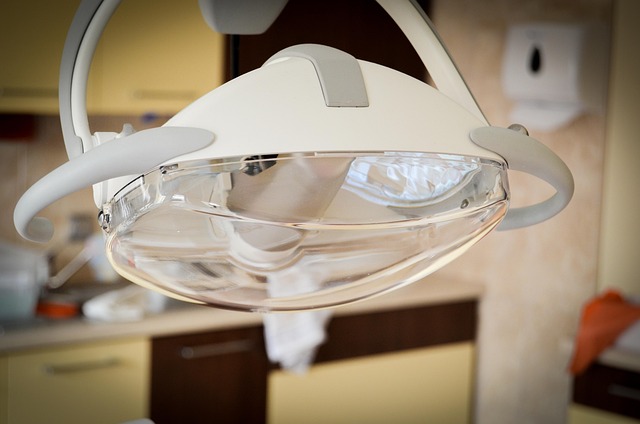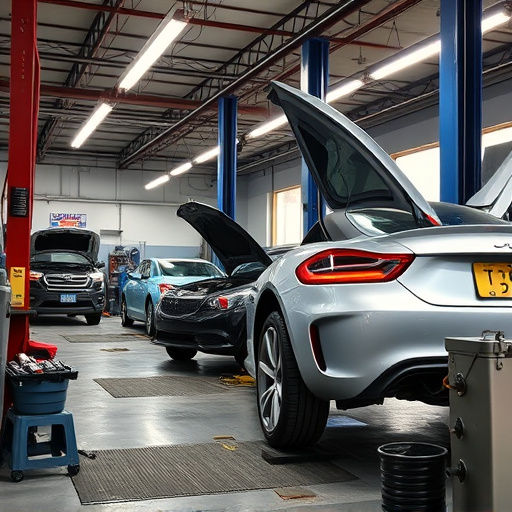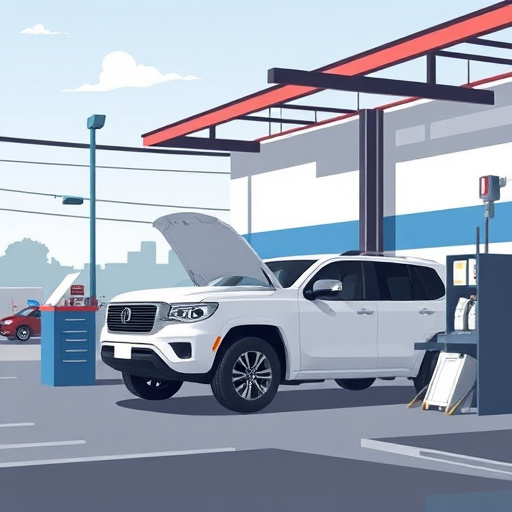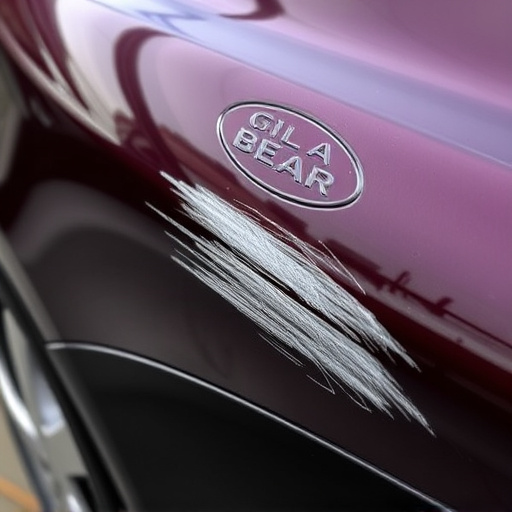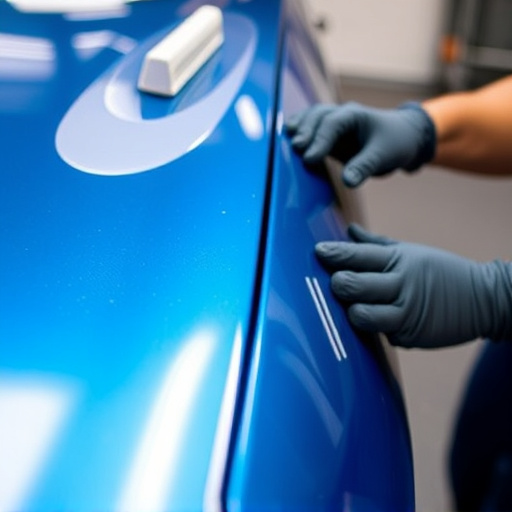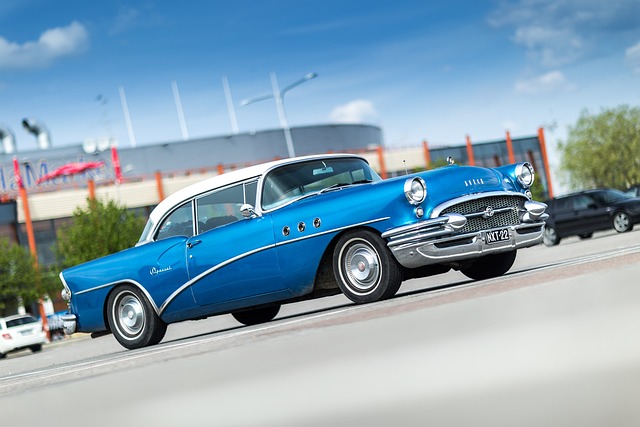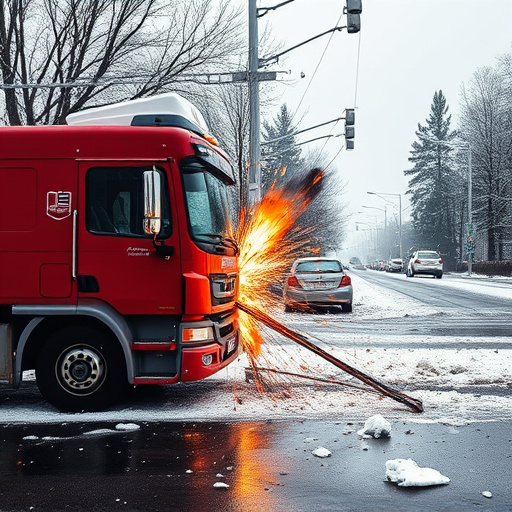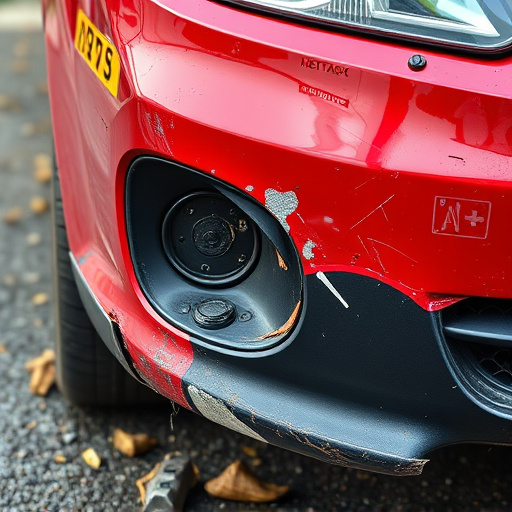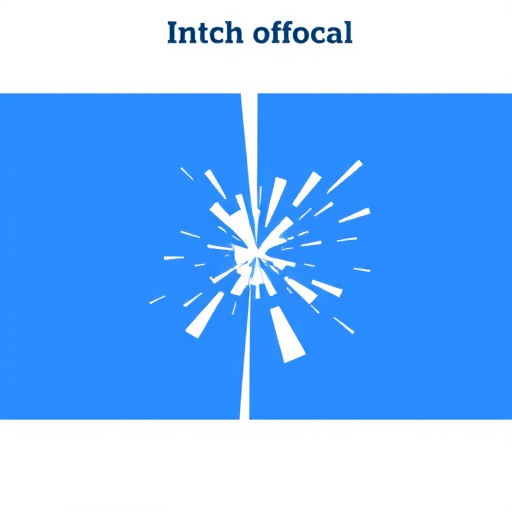Car paint scratch repair varies by severity, from polishing for light scratches to repainting deeper ones. Experts remove damaged paint, apply color-matched paint, and blend repairs seamlessly. Visual inspection using tools like flashlights and magnifying loupes detects imperfections. Common mistakes include relying solely on visual inspection; high-quality materials, detailed processes, and before-and-after photos ensure quality repairs that preserve a vehicle's aesthetics.
Spot-checking car paint scratch repairs is essential for ensuring quality work. This guide delves into the art of identifying well-executed repairs, focusing on understanding various car paint scratch repair techniques. We equip you with visual inspection tools and methods to assess jobs effectively. By learning common pitfalls and tips, you’ll be able to distinguish professional from subpar workmanship, empowering you to make informed decisions for your vehicle’s aesthetics.
- Understanding Car Paint Scratch Repair Techniques
- Visual Inspection: Tools and Methods for Spot-Checking
- Common Pitfalls and Tips for Ensuring Quality Work
Understanding Car Paint Scratch Repair Techniques
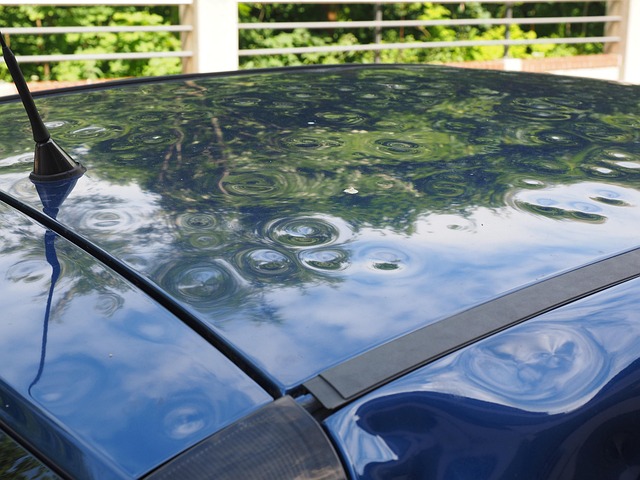
Car paint scratch repair is an art that involves various techniques to restore a vehicle’s exterior to its original condition. It’s crucial to understand that different methods are used depending on the severity and type of scratch. Light scratches can often be buffed out using specialized polishes and compounds, leaving minimal trace of damage. This process smoothes out minor imperfections without affecting the paint job significantly.
For deeper scratches or dents, auto body services employ more advanced techniques such as painting over, blending, and filling. Automotive repair experts will first remove damaged paint down to the base coat to ensure a clean surface. They then apply color-matched paint, carefully matching the shade and texture of the original finish. This meticulous process involves blending and smoothing the repaired area seamlessly into the surrounding unharmed surface, making it nearly impossible to detect any repairs.
Visual Inspection: Tools and Methods for Spot-Checking
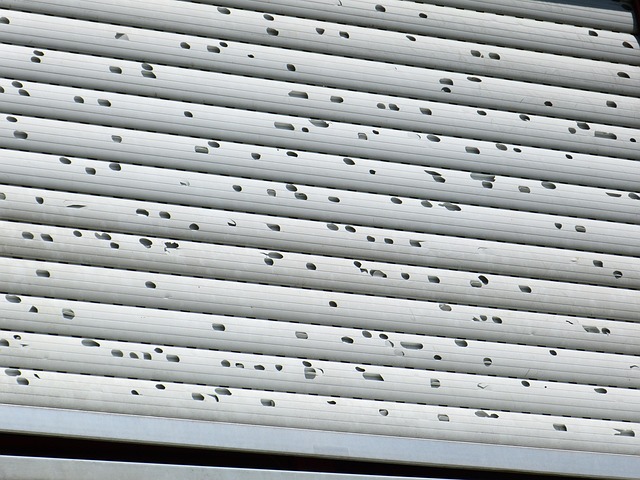
Visual inspection is a crucial step when spot-checking car paint scratch repair jobs. The naked eye is your primary tool, but with the right techniques and aids, you can detect even the subtlest imperfections. Start by examining the overall finish and color consistency across the vehicle’s surface. Look for any visible gaps or misalignments in the paint job, as these could indicate incomplete repairs. Use a flashlight to inspect angles and shadows, which may reveal hidden flaws that are hard to spot with regular light.
For more detailed analysis, consider employing magnifying tools like inspection lights or loupes. These devices allow you to zoom in on specific areas, making it easier to identify issues such as uneven paint thickness, touch-up mistakes, or residual damage underneath the repaired area. Additionally, checking the surrounding panels for signs of previous work can provide valuable context and help assess the quality of car paint repair services rendered.
Common Pitfalls and Tips for Ensuring Quality Work
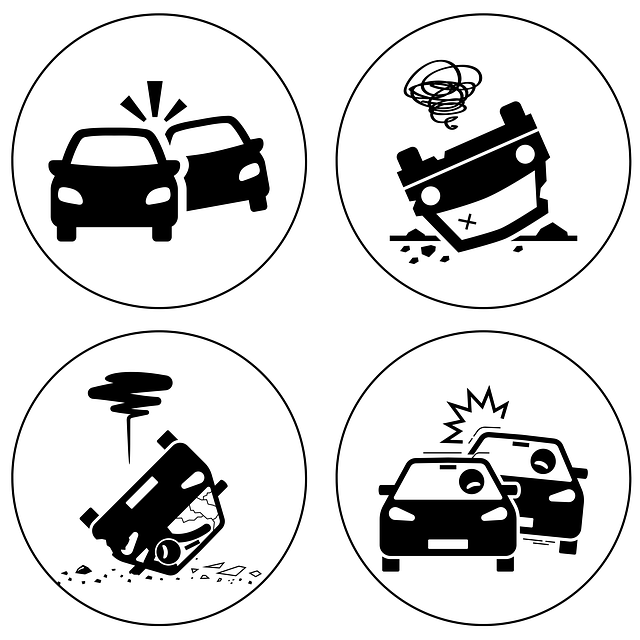
Common Pitfalls to Avoid When Spot-Checking Car Paint Scratch Repairs
One of the biggest pitfalls in spot-checking car paint scratch repair jobs is assuming that a quick visual inspection is enough to gauge the quality of the work. It’s crucial to delve deeper and consider factors such as the depth of the scratch, the type of paint used, and the skill level of the technician. Many times, what appears to be a simple fix might involve extensive bodywork services or even vehicle restoration techniques to ensure a seamless finish.
To ensure quality work, it’s essential to request detailed information about the repair process. Reputable auto bodywork professionals should provide transparent communication about their methods and use high-quality materials. Additionally, comparing before-and-after photos of similar scratch repairs can offer valuable insights into what constitutes exceptional work. Remember that a truly skilled technician will prioritize achieving a perfect match in terms of color and texture, going beyond mere surface repair to preserve the vehicle’s overall aesthetics.
When spot-checking car paint scratch repairs, a thorough understanding of the techniques and tools involved is key. By mastering visual inspection methods, you can identify common pitfalls and ensure high-quality work that matches the vehicle’s original finish. Remember, meticulous attention to detail during the repair process is essential for achieving a flawless outcome in car paint scratch repair.



